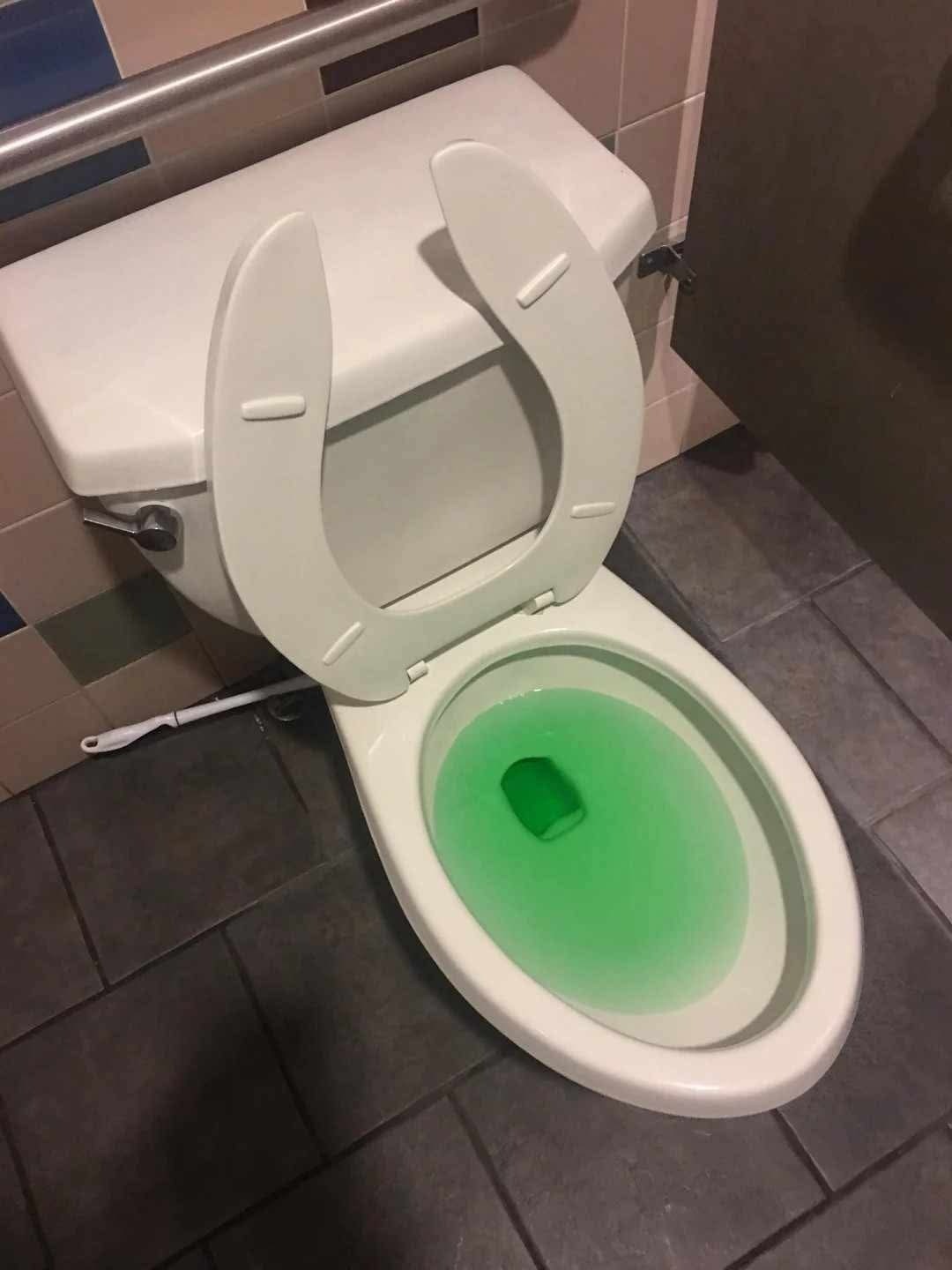What You’ll Need:
Wet/dry vacuum
Plastic wrap or a towel
Steps:
Seal the Bowl: Cover the top of the toilet bowl with plastic wrap, sealing it tightly around the edges.
Create Suction: Place the vacuum hose over the plastic-covered opening and turn it on. The suction may help pull the clog loose.
Flush: Test the toilet after using the vacuum.
6. Dishwasher Detergent 🍽️✨
Dishwasher detergent can break down grease and grime, making it effective for certain types of clogs.
What You’ll Need:
Dishwasher detergent pods or liquid
Steps:
Add Detergent: Drop a pod or pour a small amount of liquid detergent into the toilet bowl.
Add Hot Water: Pour hot water into the bowl and let it sit for 15–30 minutes.
Flush: Check if the clog has cleared.
7. Enzyme-Based Cleaners 🌱
For eco-friendly solutions, enzyme-based cleaners can break down organic waste without harsh chemicals.
What You’ll Need:
Enzyme-based drain cleaner
Steps:
Follow Instructions: Pour the recommended amount of cleaner into the toilet bowl.
Let It Sit: Allow the enzymes to work overnight or for several hours.
Flush: Test the toilet to see if the clog is gone.
8. Bucket Flush 💦
Sometimes, manually adding water can create enough pressure to clear the clog.
What You’ll Need:
A bucket of water
Steps:
Fill the Bucket: Fill a bucket with water (about 2–3 gallons).
Pour with Force: Stand near the toilet and pour the water quickly into the bowl. The added pressure can mimic the action of a plunger.
Repeat: If needed, refill the bucket and try again.
Prevention Tips to Avoid Future Clogs
Avoid Flushing Non-Flushable Items: Only flush toilet paper and human waste. Avoid flushing wipes, feminine products, or excessive amounts of toilet paper.
Use Less Toilet Paper: If you tend to use a lot of toilet paper, try breaking it up into smaller flushes.
Install a Toilet Auger: Keep a toilet auger or snake handy for quick fixes.
Regular Maintenance: Use enzyme-based cleaners monthly to prevent buildup in the pipes.
When to Call a Plumber
If none of these methods work, or if you suspect a deeper issue in your plumbing system (e.g., tree roots, collapsed pipes), it’s time to call a professional plumber. Persistent clogs can indicate a larger problem that requires expert attention.
Conclusion: Simple Solutions for a Stubborn Problem
Unclogging a toilet without a plunger might sound daunting, but with these easy, household methods, you can often resolve the issue quickly and effectively. From the fizzy power of baking soda and vinegar to the brute force of a wire hanger, there’s no shortage of creative ways to tackle a clogged toilet.
Have you tried any of these methods? Share your experiences or ask questio
ADVERTISEMENT

